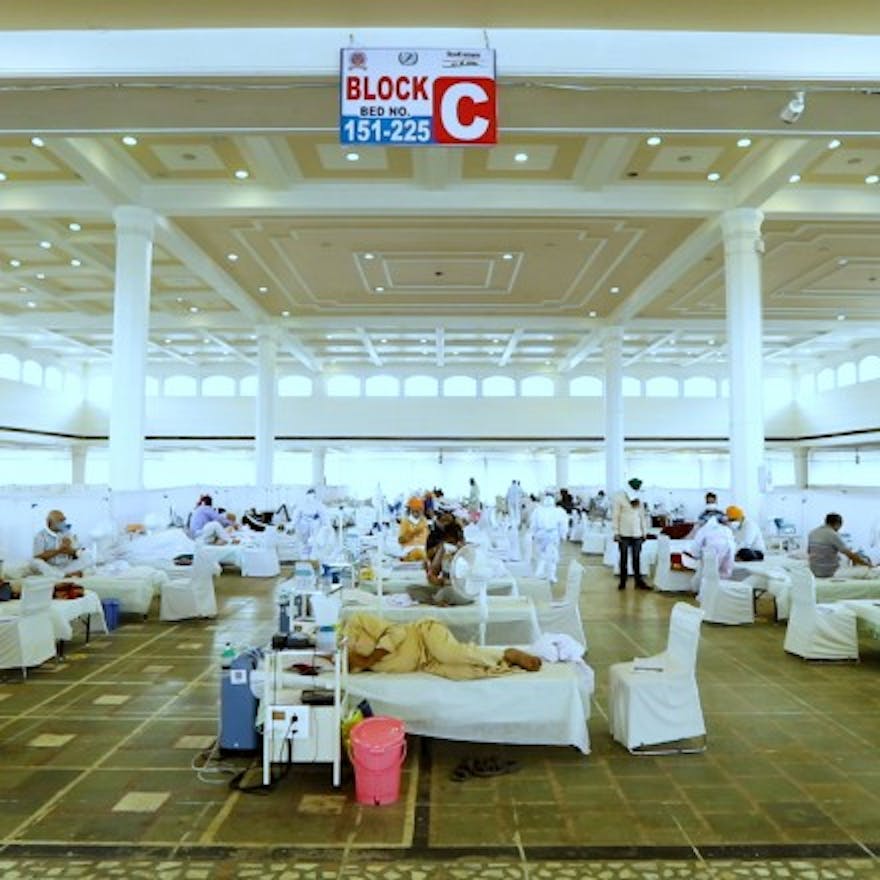Biz will develop Magnetized Target Fusion technology at the site
General Fusion – the Canadian-based atomic outfit backed by Jeff Bezos and a battalion of other major investors – is to build a test facility in Oxfordshire to showcase its power-generating technology.
Following a COVID-friendly handshake, the UK Atomic Energy Authority (UKAEA) has given General Fusion the green light to proceed with its Fusion Demonstration Plant (FDP) at UKAEA's Centre for Fusion Energy Campus in Culham.
The campus – a Royal Navy airbase until it was handed to the UKAEA in 1960 – is home to a cluster of fusion development technologies.
The building of the new plant is expected to start in the second half of next year and should be up and running in 2025.
According to the announcement, the FDP will feature General Fusion's proprietary Magnetized Target Fusion (MTF) technology. If successful, it could lead to the creation of a commercial pilot plant.
Writing in the company's blog, General Fusion chief exec Christofer Mowry explained: "At 70 per cent of full scale, it will be powerful enough to heat hydrogen plasma fuel to fusion temperatures of 150 million degrees.
Brit startup plans fusion-powered missions to the stars
"Utilising our pulsed Magnetized Target Fusion (MTF) technology, the FDP is designed to refine those technical performance metrics that will become the measure of our technology's ability to economically produce energy, durably operate as a power plant, and easily follow the fluctuating demands of electricity on power grids."
According to General Fusion, just 1kg of fusion fuel can power 10,000 homes for a year.
Earlier this month TerraPower – the Bill Gates-founded nuclear company – and Warren Buffett-owned PacifiCorp revealed they were hooking up to build a Natrium reactor at a decommissioned coal plant in Wyoming, US.
The project is based around a 345MW sodium-cooled fast reactor with a molten salt-based energy storage system.
According to boffins, the storage technology can boost the system's output to 500MW of power for more than five and a half hours when needed, which is equivalent to the energy required to power around 400,000 homes. ®
insider@insider.com (Isobel Asher Hamilton)

Nuclear fusion company General Fusion is building a demonstration facility in the UK.
Jeff Bezos has been an investor in General Fusion for over a decade.
The new facility will begin construction next year, and should be operational by 2025
General Fusion, a Canadian company backed by Amazon CEO Jeff Bezos, announced Thursday it's building a nuclear fusion facility in the UK.
General Fusion and the UK Atomic Energy Authority (UKAEA) announced the project together, which will see General Fusion build a fusion demonstration plant in the village of Culham, near Oxford.
The facility will be a proof-of-concept, allowing General Fusion to demonstrate its Magnetized Target Fusion (MTF) technology before going on to build its first commercial facility.
According to General Fusion, construction will begin in 2022, and it is expected to be about three years before the plant is able to open.
"This new plant by General Fusion is a huge boost for our plans to develop a fusion industry in the UK, and I'm thrilled that Culham will be home to such a cutting-edge and potentially transformative project," the UK science minister, Amanda Solloway, said in a statement.
The BBC reports Bezos has been an investor in General Fusion for over a decade, and the company raised $100 million in its latest funding round.
Nuclear fusion is still an experimental energy source. It differs from nuclear fission, which is what modern nuclear power plants use to generate energy.
Whereas fission involves splitting atoms, fusion happens when two atoms collide and form one heavier atom. Commercially viable fusion has been highly sought after, as it would theoretically produce much more power than fission as well as far fewer radioactive byproducts.
Read the original article on Business Insider









